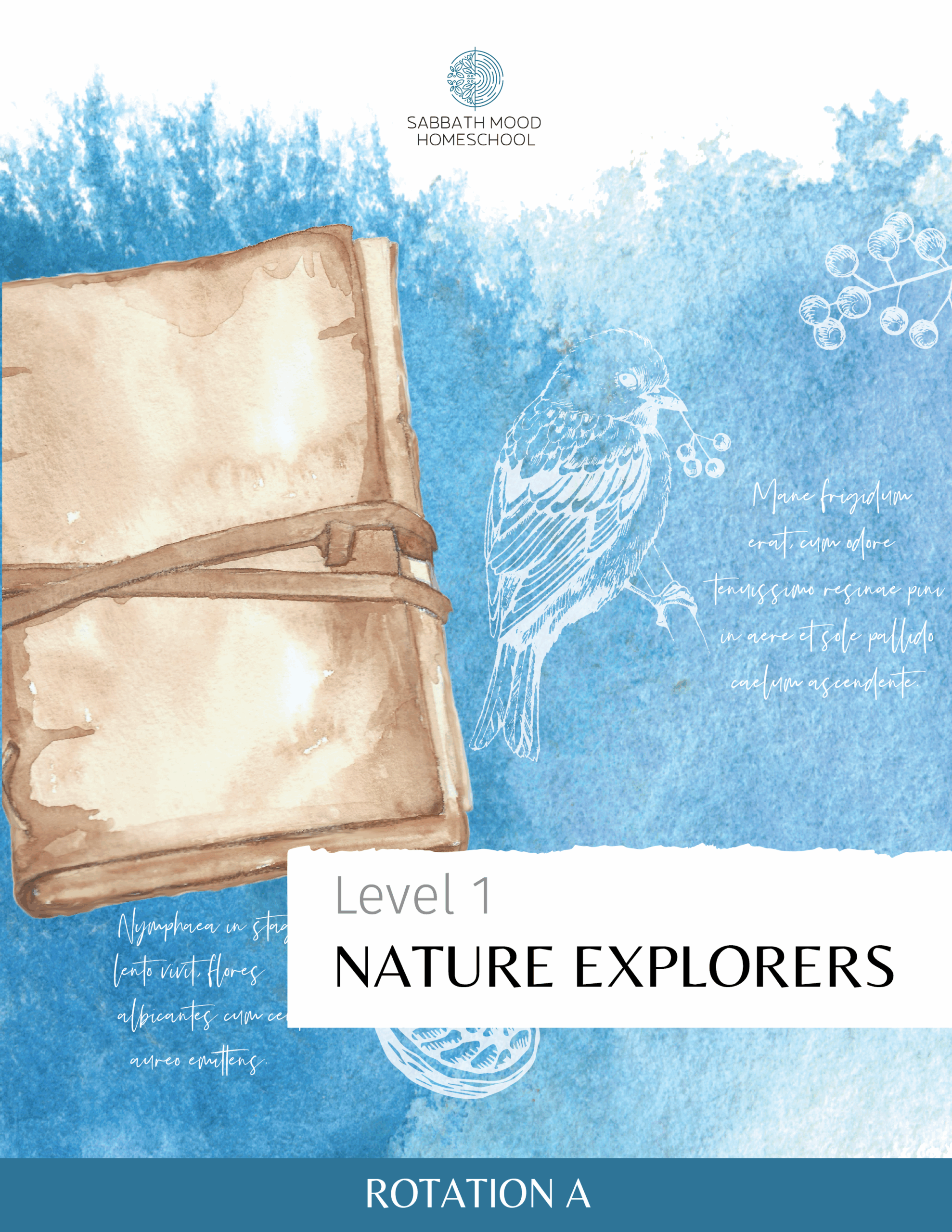
Nature Study Curriculum
🌿 Explore Nature with Confidence
An open-and-go nature study curriculum for homeschool families using the Charlotte Mason method—designed to foster lifelong habits of observation, curiosity, and reverence for God’s creation.
Each level offers meaningful encounters with the natural world, growing in depth as your children grow. Whether you’re starting with your first nature walk or guiding a high schooler through biome studies, you’ll find a path that invites wonder, encourages attentiveness, enriches their biology education, and supports you as the educator—even if you’re learning alongside your child.
“Let them once get in touch with nature, and a habit is formed which will be a source of delight through life.”
—Charlotte Mason
A Curriculum That Grows With Your Child
The SMH Nature Study Curriculum aligns with the 12-year nature study rotation I’ve used and recommended for years. Each video teaches about the subject, including:
- Level 1, Rotations A, B, and C: Broad and General Exposure to the Natural World
- Level 2, Rotations A, B, and C: Narrower Look at Specific Species
- Level 3, Rotations A, B, and C: Broad Cross-Species Comparison
- Level 4, Rotations A, B, and C: Year Long Biome/Ecosystem Observation
 Where to Start
Where to Start
If you’re ready for a nature study plan that’s clear, beautiful, and grounded in Charlotte Mason’s philosophy, begin with: Nature Explorers: Rotation A. (see below)
If you’ve already completed Rotation A or would like additional training on how to conduct special studies with confidence, visit our: Special Studies Videos & Handouts Library. These resources were the original foundation of our nature study rotation and remain a helpful tool for families working through other years of the cycle—or supplementing their current study.
Nature Explorers: Level 1
Start here. Nature Explorers offers a clear, beautiful, and Charlotte Mason–based introduction to nature study.
(Rotation B and C in development)

Nature Investigators: Level 2
For students ready to go deeper, this level encourages focused observation of individual species like a single wildflower or bird family—developing habits of attentiveness and independence.
(Guides in development)
Junior Naturalists: Level 3
At this level, students begin thinking more like naturalists—exploring patterns that span species, such as seed dispersal or migration. Written directly to the student, this level encourages independence, deeper connections, and outdoor exploration guided by broad themes.
(Guides in development)
Understanding Biomes: Level 4
In this high school course, students focus on one local ecosystem, studying how plants, animals, and environmental conditions interact. Weekly fieldwork, research, and creative projects round out their nature study with real ecological insight.
(Guides in development)

